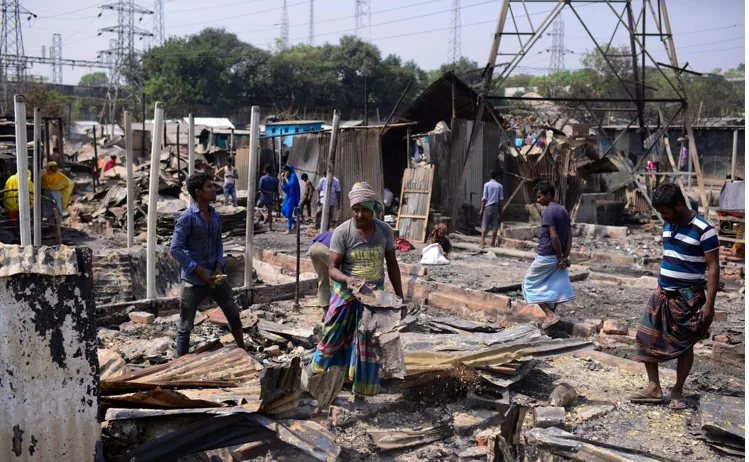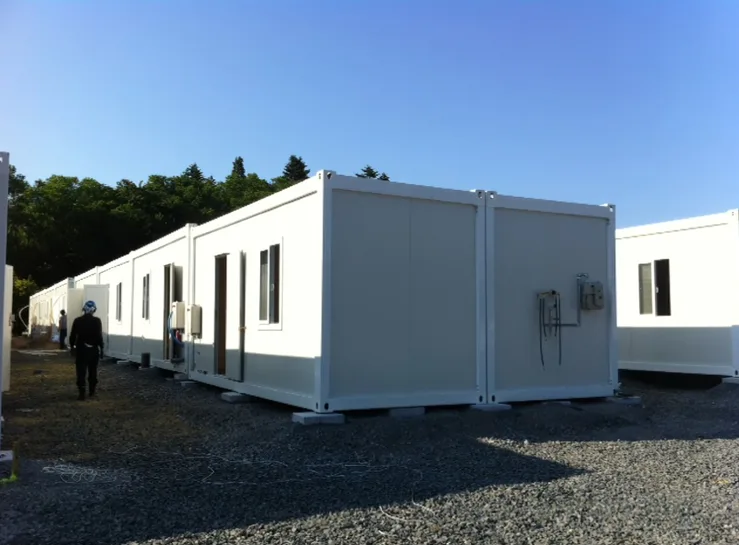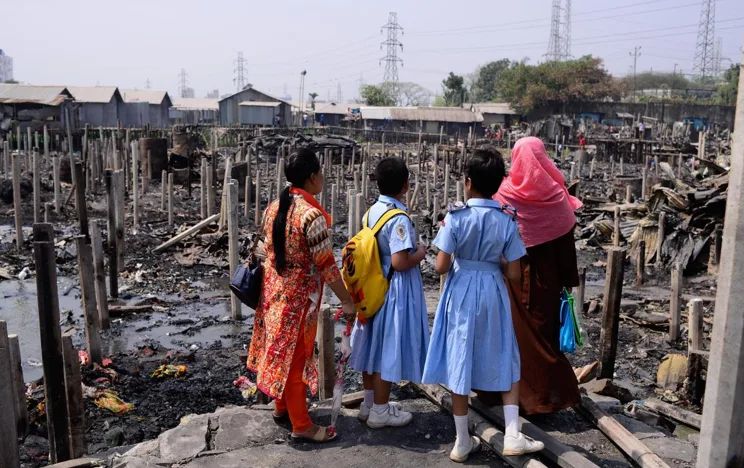
Project Basic Information:
Project Name: Coastal Post-Disaster Emergency Shelter Project in Bangladesh
Location: Coastal areas of Bangladesh (prone to floods and cyclones)
Application Scenario: Emergency disaster relief (temporary post-disaster shelter)
Core Products: Foldable containers, quick-assembly containers
Project Scale: Hundreds of temporary shelter units and essential community facilities required in the short term (adjusted based on disaster severity and population size)
Main Challenges:
Rapid Deployment and Large-Scale Accommodation:
The coastal areas of Bangladesh are among the most climate-vulnerable regions globally, frequently affected by floods and cyclones. After a disaster, there is an urgent need to provide large numbers of disaster victims with emergency shelters capable of withstanding harsh weather conditions in a very short time.
Extreme Weather and Disaster Environment:
The shelters must withstand continuous heavy rainfall, strong winds, potential flooding, and the complex sanitary conditions following a disaster.
Transportation and Site Limitations:
Roads and infrastructure in disaster-affected areas may be damaged, making it difficult for large transportation and lifting equipment to access the sites. Shelter locations may be muddy and uneven, with almost no space for concrete foundations. Structures must have minimal foundation requirements.
Basic Living Standards and Sanitation:
It is essential to ensure that shelter spaces provide basic ventilation, lighting, safety, and sanitary conditions to prevent post-disaster epidemics.


Solutions:
Hybrid Efficient Deployment of Foldable and Quick-Assembly Containers:
Extensive use of foldable containers, which can be compressed to 1/8 or less of their original height, significantly improving transportation efficiency. More units can be transported per vehicle, making them ideal for disaster areas with limited logistics.
Foldable containers can be deployed extremely quickly: three workers can install one unit in under 30 minutes without heavy machinery.
Quick-assembly containers were used as supplementary units. Their fully modular design allows for compact transportation of disassembled parts, and installation requires no heavy machinery, relying instead on bolt fastening. These containers are highly reusable and suitable for management offices or medical points requiring longer-term use.
Reinforced Design for Harsh Environments:
Materials such as galvanized steel were used to enhance durability and corrosion resistance.
The containers achieved high sealing and waterproofing standards (e.g., IP65 protection grade) to effectively prevent rain and seepage.
Basic ventilation and lighting solutions, such as ventilation louvers and standard doors/windows, were incorporated to improve indoor environmental quality.
Modular Layout and Community Functions:
A modular combination approach was adopted to quickly create a community layout that included not only shelters but also temporary medical points, distribution centers, and public toilets.
The shelter units are reusable, aligning with environmental and sustainability goals.
Product Details:
Foldable Containers:
Transportation and Deployment: Significantly reduced volume when folded. Simple and quick deployment—can be unfolded/folded within 5 minutes.
Structural Features: Hinges, buckles, or modular structures enable rapid folding.
Quick-Assembly Containers:
Installation Features: Transported as disassembled parts for higher loading capacity. Uses embedded connection nodes and bolt fastening, requiring no heavy machinery for installation.
Waterproof Performance: Innovative buckle-type enclosure system with IP65 waterproof rating.
Universal Configurations:
Materials: Primarily galvanized steel, ensuring structural strength and durability.
Insulation: Can be filled with Class A fire-resistant cotton or other insulation materials as needed.
Foundation: Minimal foundation requirements; can be placed directly on leveled and compacted ground, adapting to complex disaster-affected terrains.
Last updated: 2025-09-12